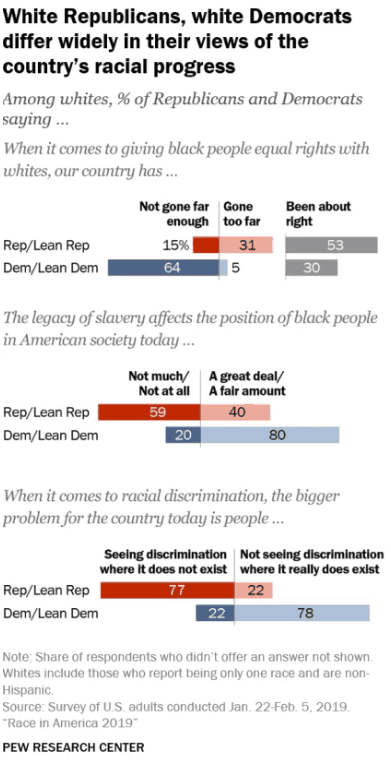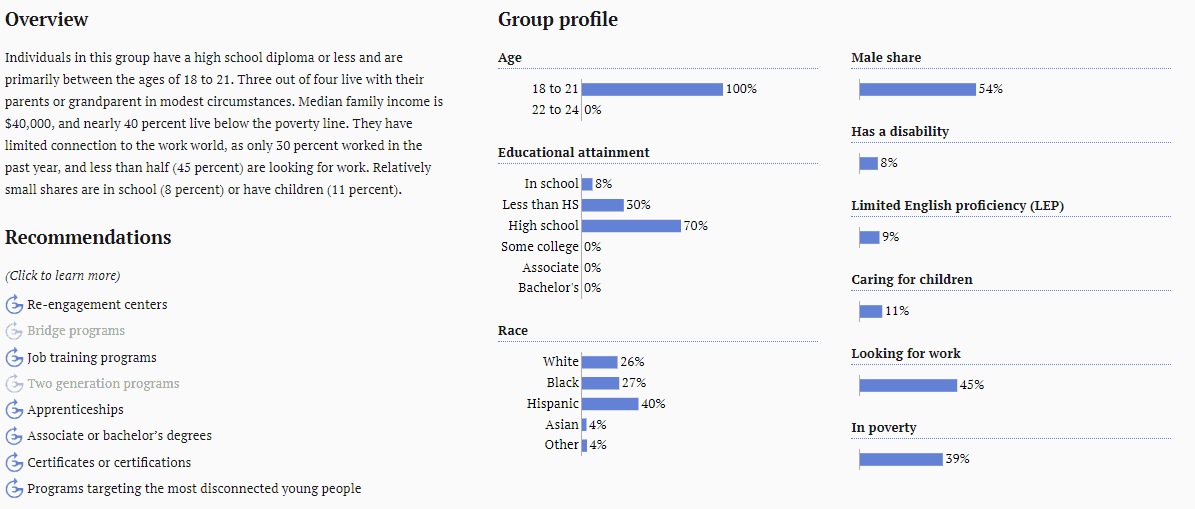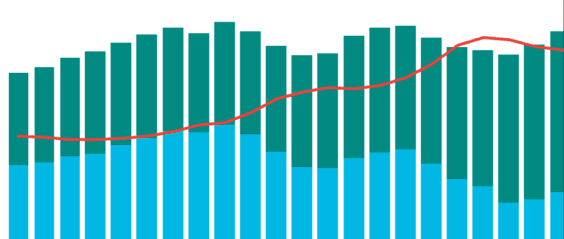The Next Evolution
“What would it take to enable all workers to develop the skills to succeed in a changing labor market?”
That is the question explored in a new report released yesterday from the Urban Institute’s Next50 initiative looking at promising solutions to equity, upward mobility, and racial justice. The report is broken into two sections. The first part looks at a set of five solutions that government, colleges, and other training programs can implement. The second part looks at the knowledge and information government, colleges, and other stakeholders need to better design and implement systems change.
Solutions include:
- Support students’ success
- Provide alternative models of learning and credentialing
- Increase employer investments in skill training and better align postsecondary education and employment
- Expand financing for education and training to better deliver affordable high-quality opportunities for students
- Empower students to make informed decisions about whether and where to seek postsecondary education or training
For a break down of each solution set, read the full report here.
For Your Consideration
Pew Research Center released a new survey this week of Americans’ views on race in 2019. As in all of their survey reports, it is easy to get the gist by skimming the headlines and looking at the graphs and charts. Here are a few of the major findings:
- 58% of adults think race relations in the U.S. are generally bad.
- 56% think Trump has made race relations worse.
- 65% of adults think it has become more common for people to express racist or racially insensitive views since Trump was elected. When you break this into partisan affiliation, 84% of Democrats think this compared to 42% of Republicans.
The graph below shows the extent to which white Americans differ in their views on race/race relations depending on party affiliation. For more findings, view the full report.

Dropping Knowledge
Brookings Institute released a new report this week that takes a detailed look at the 2.3 million 18-to-24 year-old adults who are out of work in mid to large cities in the U.S. To help contextualize the numbers, the report organizes the 2.3 million adults into five different groups, ranging from someone with a high school diploma or less to someone with a bachelor’s degree. For each group, they provide a detailed breakdown of age, race/ethnicity, educational attainment, and more. They also provide recommendations.
The largest group, comprising 37% of the 2.3 million, are those with a high school diploma or less ages 18 to 21. Here is their breakdown:

What we're reading
State Higher Education Finance: FY 2018
The 2018 SHEF report examines the trends, context, and consequences of state higher education funding decisions.... Read the rest-
To Improve Rural Schools, Focus on Their Strengths
-
The Age of Robot Farmers
-
Native American Women Are Facing a Crisis
-
Opioid Treatment Programs Gear Up to Provide Suicide Care
-
Data show how American mothers balance work and family
-
NC: Improvements in on-time graduation rates for high schoolers, but still room for growth


